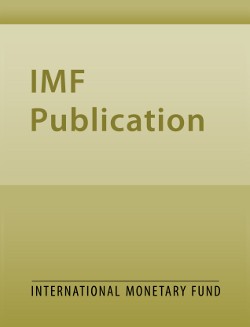
Fiscal Policy and External Performance : The Turkish Experience
In 1980 Turkey embarked on a far-reaching stabilization and liberalization program, which contributed to export-led growth and a significant movement toward both domestic and external equilibrium. Later, as fiscal policy was partly reoriented from a restrictive to an expansionary stance while adhering to a flexible exchange rate policy, inflationary pressures intensified but the external current account did not deteriorate. Counterfactual simulations, performed with a computational general equilibrium model, suggest that Turkey would have experienced a significantly lower inflation rate, with only a small reduction in growth, if it had adopted a less expansionary fiscal stance.
Publication date: March 1989
ISBN: 9781451921908
$10.00
Add to Cart by clicking price of the language and format you'd like to purchase
Available Languages and Formats
| Paperback | ePub | Mobi | ||
| English |
Prices in red indicate formats that are not yet available but are forthcoming.
Topics covered in this book
This title contains information about the following subjects.
Click on a subject if you would like to see other titles with the same subjects.
Economics- Macroeconomics , Economics / General , International - Economics , domestic demand , fiscal policy , fiscal stance , balance of payments , equilibrium model
Summary
Copyright © 2010 - 2025
Powered by:
AIDC



